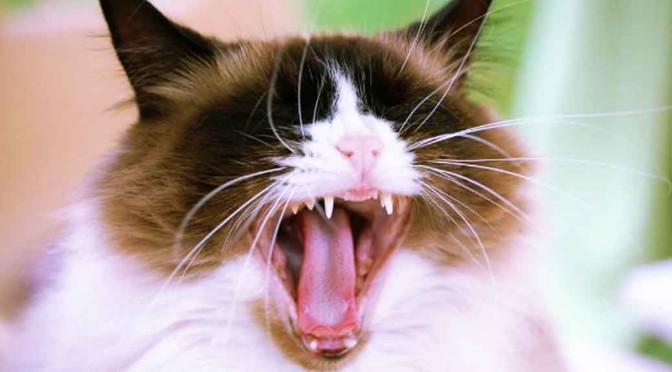By Anupum Pant
Background
I always found school interesting. I wasn’t one of those kids who felt bored and sleepy during the class. And yet, during the classes, I yawned often. I remember being sent out of the class a couple of times because I had yawned. This happened again, and again at college. However, lecturers never cared to send me out in college. And then there were no more classes.
Then, when I started working, at a meeting one day, a friend yawned in a board room where the head of the company was present. The head saw this happen. Being a fresher, the guy got scolded very badly by the head. I felt sad for him. I knew, he wasn’t really sleepy when he yawned; clearly he wasn’t bored too. There could have been a different reason for it. The head should have known this.
Yawning is universally considered as a sign of sleepiness or boredom. I however, am pretty sure that a yawn doesn’t necessarily comes when someone is bored or sleepy. I do have a theory to back my belief that I discuss below. Also, yawning has a lot to do with empathy too. But that is not what I’m discussing today. To educate yourself about the empathy side of it, you could watch the following video.
No one knows for sure why we yawn. In addition to that there might be several different reasons that could explain why we yawn. Like a couple of reasons that explain why we sleep (may be there are more). Most definitely, it isn’t a single reason.
A study shows that yawning could be the body’s way of cooling down the brain and it makes perfect sense to me!
The Study
Scientists from the Princeton University say that people yawn more during the winters. That is because during the winter the air outside is colder and the body knows that. So, it makes us yawn to take in the cold air to cool the brain by exchanging heat.
There’s also this other explanation which breaks down the process of yawning into two parts – 1. stretching of your jaw muscles and 2. air entering your mouth after you do that.
When you stretch the jaw muscles in the first step, blood flow increases in your face, brain and sinus area. Now the cool air enters and cools down the blood vessels in the nasal cavity and sinus area. These blood vessels in turn cool the blood and circulate cooler blood to your brain, to cool it down.
Teacher’s theory
Now, it’s a well-known human rhythm that bodies get heated up just before we fall asleep. As a result, we yawn more. So, teachers were not completely wrong. However, sleep is not the direct reason. The reason we yawn is because the brain gets heated up, and it may as well get heated up due to other reasons; not always due to sleepiness or tiredness. Plus the yawn tries to correct the heated-sleepy-brain by circulating cooler blood.
The body does this to cool down the over-heated brain – which obviously gets heated due to extra information processing – like a computer processor. Why would the brain heat up when I’m not actively processing information better. So, yawning doesn’t mean I’m bored, or I’m not actively listening to the teacher when they’re speaking. Teachers need to know this.
Even if yawning is a sign of boredom to some extent. A yawn actually helps you cool down and helps you to process information better. So, teachers should be happy when you yawn in their class. You are trying to be a better listener than people who aren’t yawning in the class!
Hit like if you learnt something interesting today.


